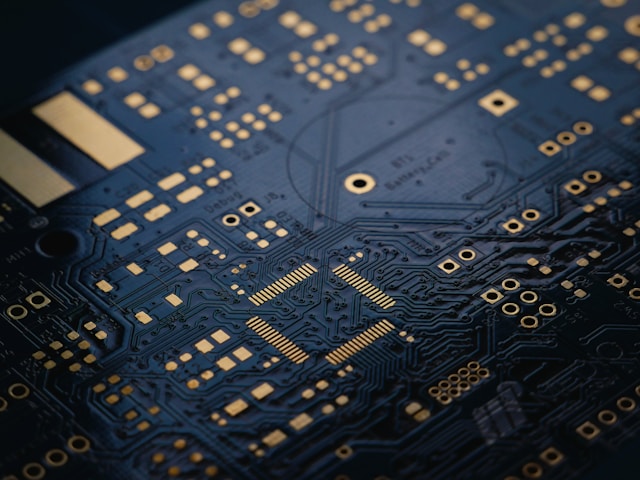A new semiconductor material called aluminum nitride (AlN) has become the frontrunner to replace both silicon carbide (SiC) and gallium nitride (GaN) as the dominant semiconductor. Nagoya University researchers just demonstrated that a diode using an AlN alloy could withstand electric fields twice as high as those of devices using SiC or GaN.
SiC and GaN became dominant thanks to their wide bandgaps, which made them much more resilient than traditional silicon. However, their respective bandgaps of 3.26 and 3.40 electron volts have now been eclipsed by AlN’s 6.2 electron volts.
While AlN’s potential has been well documented for years, successfully utilizing it has been a challenge for researchers. This is especially true when it comes to doping the material to increase its conductivity, which is an area in which AlN’s effectiveness is lacking research. The Nagoya team, however, sidestepped this issue by using a method called “dopant-free distributed polarization doping”.
This process was based on the “distributed polarization doping”, “ p-type distributed polarization doping”, and “dopant-free 2D hole gasses” techniques developed by UC Santa Barbara and Cornell researchers in the past. The Nagoya team used an aluminum gallium nitride (AlGaN) alloy to achieve both n-type and p-type polarization.
This dual-type polarization was achieved by shifting the percentage of AlN vs GaN to determine the junction’s position. Researchers at Georgia Tech believe that these diodes could get closer to the theoretical limit by increasing the portion of AlN used in the diode. With the theoretical limit of AlN being 15 MV/cm, there is a lot of work to be done to improve the Nagoya diode’s 7.3 limit.
The Nagoya team aims to continue optimizing their design, targeting a 2-micrometer thick pure AlN layer that could block as much as 3 kilovolts. A pure AlN layer would also allow the diode to become much more efficient at conducting heat with a theoretical limit of 320 watts per meter-kelvin, almost 6 times that of the AlGaN alloy.
This breakthrough with aluminum nitride could not have come at a more opportune time given the ongoing semiconductor shortage. With both climate challenges and power-hungry innovations proliferating, AlN semiconductors could be what is just needed to enable these technologies to continue their progress.







